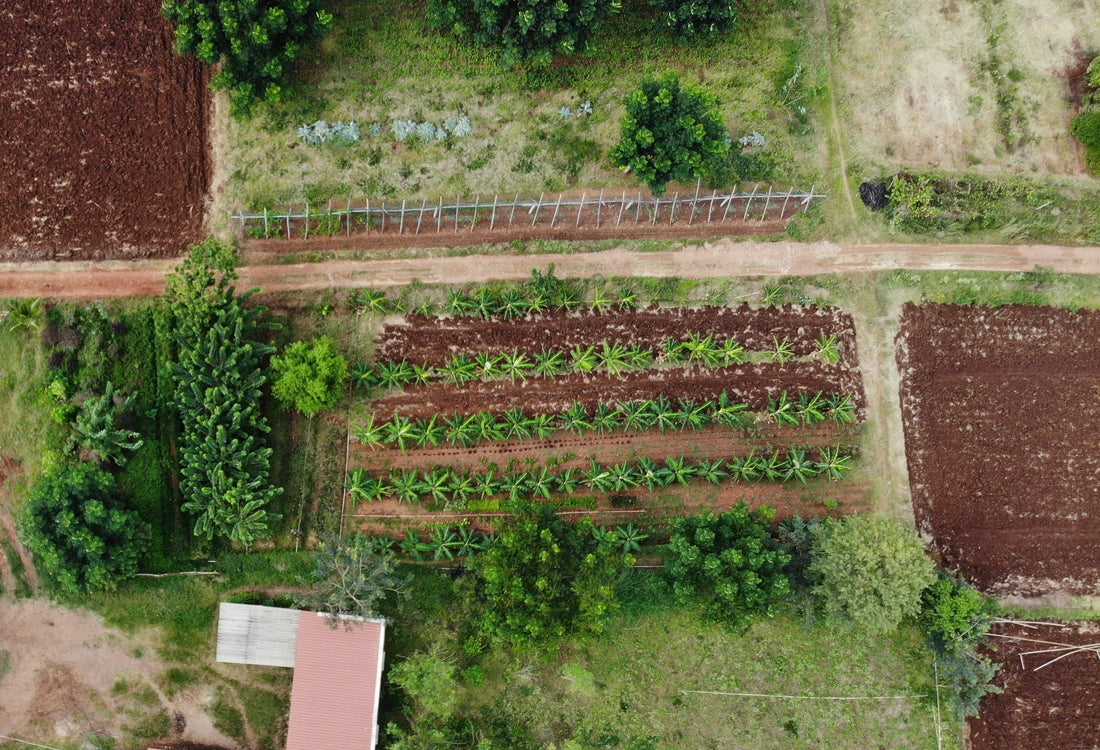(A paper written by us for the IFOAM Organic World Congress 2017)
How we can unravel the situation of unsustainable marketing of sustainable produce?
Authors: Anjali Rudraraju, Kabir Cariappa
Summary
An overview of the current market situation that handles organic products, the role sustainable farmers play, how involved the consumer needs to be, and the challenges that need to be addressed to ensure a sustainable marketing environment.
Introduction
Strolling through an high-end organic store in the city, as sustainable farmers we are impressed with the influx of varieties, packaging based on international standards, some things which we can grow locally and process, and some very exotic products that we cant envision to grow. And we fantasize about how sustainable our farm could be if we were paid such prices. India seems to have got a good hold of this market matching with international standards pretty well. There is demand, so the stores cater to the type of consumers who enter this store as well – educated, well aware and socially conscious.
The truth is, these stores more often have an answer about where the produce comes from, which is great! Consumers often ask why the price is higher, to which they get an answer explaining how hard it is to grow and procure organic food in today’s environment. In addition, the cost of setting up a store, managing employees, maintaining quality standards, high rental prices, fuel prices, free door delivery services – everything adds up to the product price. Can’t entirely blame them for the situation because they are only trying to please the consumers and also make a fair share of profit. Who ends up paying for all these overheads? The consumer on one end, and the farmer on the other end, to ensure that the price stays within limits.
In this process, does the consumer know if the grower/farmer has been paid fairly? What percentages of overheads are added to the product? How far did the farmer have to travel to deliver the product? What percentage of the farmers costs and risks have been covered? Is the farmer encouraged to grow his/her next crop based on this situation and dealing with nature’s gambles? Is there a long term trust built?In most cases the farmer gets probably 50% of that amount into the pocket, sometimes much less, depending on how aware they are about the market trends and prices. The enthusiasm dies when someone is not fairy rewarded for his or her work.
Main Chapter
No we are not trying to push a “poor farmer” or “government not doing enough” type of speech here. It’s not about politics or middlemen domination…the wheel has been churned way too many times. Let’s simplify this….
It’s about asking if the market is organized enough to make sure that the farmer, supplier, and consumer are getting a fair and reasonable deal in the entire transaction and how transparent this process is. The truth is, its really not!
This is despite quality checks, organic certification inspections, and all due diligence as an additional burden in the process for the farmer. Someone told us last year that it’s only fair because farmers get so many benefits such as loans and subsidies…but how many organic farmers actually get loans or insurance on their crops? Oh that depends on their caste though, which is a whole different issue to deal with. Its not just about promoting desi cows and supplying the farmers cheaper ‘natural’ inputs and subsidies for building and maintaining vermi compost pits built with cement. We really don’t need them since we can manage to make our own inputs in a much simpler manner. Substituting with natural inputs and making compost with animal manure is not what defines sustainable farming, that’s just a theoretical part of it to some extent. The scenario begs for a wider understanding of sustainable farming, regenerative elements, animals, and environment in general. Is it too much to ask for a comparative amount of schemes to promote sustainable/organic farming? Equal rights for doing things the right way please!
How many sustainable farmers have a viable agreement with a consumer where they have a guaranteed pickup of the produce they grow and a stable price that will ensure that their costs are met and they make a living through these transactions? It remains a gamble, just like the conventional market.
Simply stating – A sustainable farmer would any day choose getting a guaranteed fair price for the produce and a consumer who he/she can trust and maintain in this market. And have the convenience of selling locally.
Okay, since the above may be tough to achieve because there are so many elements and departments that need to sync up and get their fair share, what if farmers take matter into their own hands and direct sell individually or in a group? Oh, but then customer is king! You have to door deliver, and give them the best price compared to the market out there most times. Then the farmer needs to set up a marketing and delivery department to take care of this, which eats away the time from actually running a farm. Same applies to the weekly/monthly bazaars. We have had days of standing there for hours, a good rewarding experience to build consumer relationships, but how long can you be away from the farm if demand grows? What is more important – managing the farm or making sure the produce sells? Reaching that balance is key.
Core Message and Conclusions:
Here’s how we propose a solution.
To the end of the day, the change needs to initiate from the conscious consumer. Whether it is an individual or a business. Relationships need to evolve, trust needs to be maintained, despite market swings and nature’s moods. That extra step needs to be taken forward in both directions. The consumer needs to understand the process of how their food is grown and have a direct relationship with the farmer. Not a business relationship, but a personal one that is trust-based. Who doesn’t have a communication device these days anyway?
Given the fact that every sustainable farmer understands the need for biodiversity and maintaining balance in the farm environment – he or she can grow a varied amount of crops individually or in a group, based on their holding size. They need to tie up with a group of reasonably local consumers (example:50-100 consumers) based on their farm size. And strike out a fair deal of custom growing local crops for them – pulses, grains, vegetables, oils, spices, dairy, etc. Give the consumers the liberty to visit the farms, meet the people who grow their food and experience the environment. This gives the farmers time to dedicate to the farm and environment while meeting consumer needs in parallel.
The cost of the farm product should be set by the farmer keeping in mind the cost of growing the crop that season, harvesting and processing expenses, packaging and storing expenses, delivery expenses if applicable, a percentage of the farms capital expenses, and a fair margin for the farmers time and efforts so that he is profitable in the end. In addition to this, any damages and losses caused by nature have to be factored in, because where else will this cost be covered? The final price should be set by the farmer each season – irrespective of market trends and surplus/deficit issues, since there is a guaranteed fair price that is agreed upon.
The consumer in turn needs to budget their weekly/monthly grocery expenses, and set aside the agreed amount for the local farmer. Agree upon the prices, timeframe and delivery/pick-up mechanism so it doesn’t become a burden on either side. This should not be too complicated since there are only two parties involved in the transaction and transparency is key here. Have an understanding on how to handle shortages and quality checks. Finding the right long-term match is what really matters here for sustainability.
Given the quick depletion of next generation farming families, small holders and farmers groups who work directly with consumer groups hold the key to fulfill the sustainability needs of families on both ends. No solution is easy to implement. They need to evolve into a sustainable structure that make business sense. And that extra step needs to be taken on both sides for this to become a reality.


